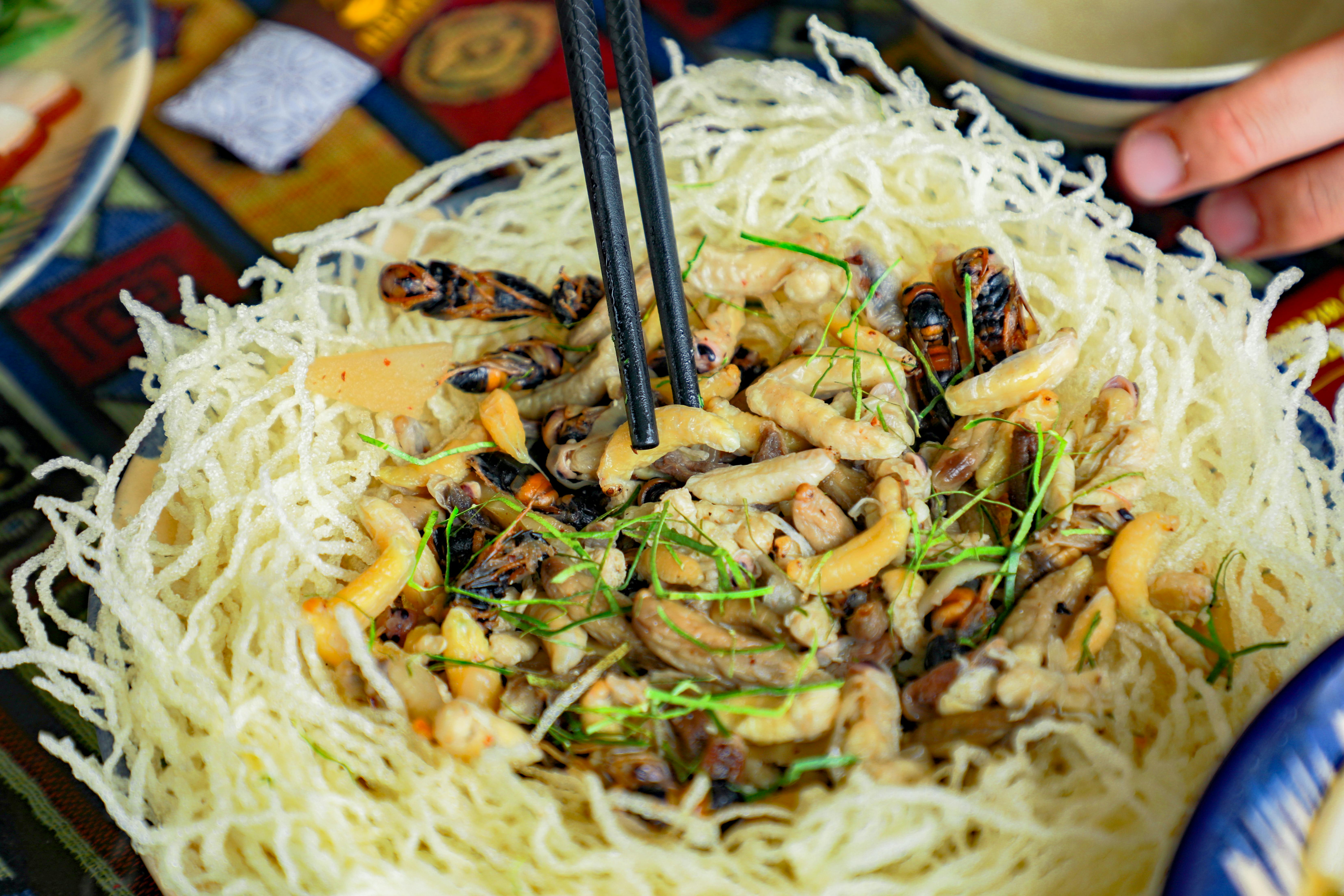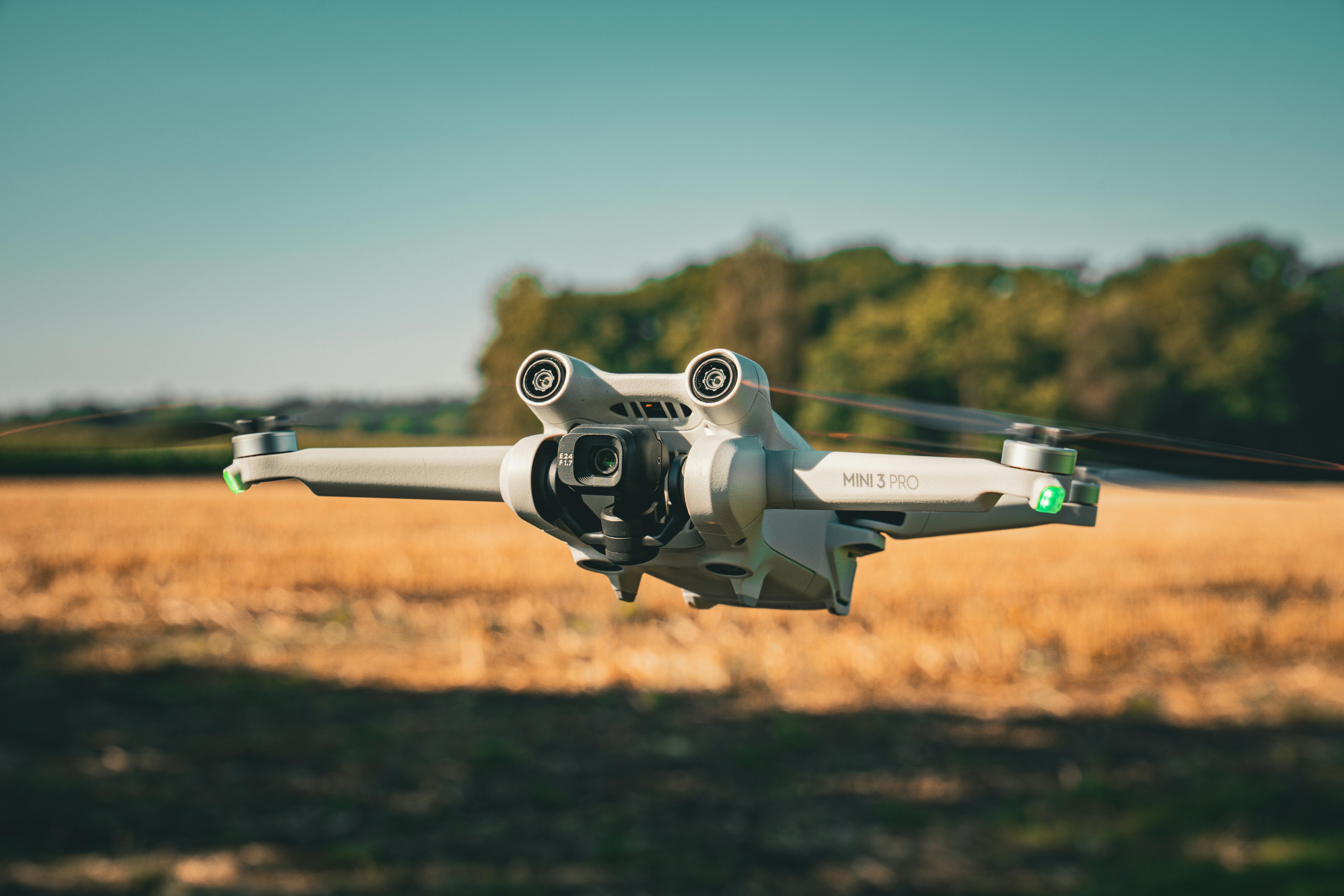A Deeper Dive Into The Trend of Edible Insects
Edible insects are no longer a novelty, they're a global culinary trend. The world is buzzing about the potential of these tiny creatures, not just as a sustainable food source, but also as a culinary delight. Let's explore this emerging trend in detail.

The Rise Of Edible Insects
Insects have been eaten by cultures around the world for centuries. However, they’ve recently gained attention in the Western world due to their sustainability credentials. Insects are a great source of protein and require far less resources than traditional livestock. This eco-friendly appeal has led to a surge in interest and a variety of insect-based products hitting the market.
Getting Past The ‘Yuck’ Factor
Despite the environmental and nutritional benefits, many people are still squeamish about eating insects. The key to overcoming this hurdle is education. Understanding the safety, nutritional benefits and environmental impact can go a long way in changing perceptions. Additionally, chefs are finding innovative ways to incorporate insects into dishes, making them more palatable to the uninitiated.
Insects On The Menu
From cricket flour to mealworm pasta, insects are being incorporated into everyday foods in innovative ways. High-end restaurants are also getting in on the action, with insects featuring in gourmet dishes. This is helping to elevate insects from a novelty to a serious food source.
- Fried silkworm pupae - A popular snack in parts of Asia.
- Cricket tacos - Crickets are sautéed with garlic and chilli for a protein-packed filling.
- Ant egg salad - A delicacy in Thailand, ant eggs are used in a salad with fresh herbs.
The Future of Edible Insects
While the edible insect market is still relatively small, it’s growing rapidly. As more people become aware of the benefits of eating insects, demand is expected to rise. Furthermore, as technology advances, we’re likely to see more innovative ways of farming and cooking with insects.
The Bottom Line
Edible insects offer a unique combination of environmental sustainability and nutritional benefits, making them a promising food source for the future. As we strive to find solutions to feed the growing global population, insects could play a crucial role. So, next time you see a bug, don’t squish it, eat it!
Things To Know
- The most commonly eaten insects are beetles, caterpillars, bees, wasps, ants, grasshoppers, locusts, crickets, cicadas, leaf and planthoppers, scale insects and true bugs, flies, mosquitoes, and dragonflies.
- Insects are rich in protein, good fats, calcium, iron, and zinc.
- Insect farming is significantly more sustainable than traditional livestock farming.
In conclusion, the world of edible insects is vast and varied. It offers a unique opportunity to explore new tastes and textures, while also contributing to a more sustainable future. So, whether it’s a crunchy cricket or a succulent silkworm, it’s time to take a bite out of this exciting trend.





